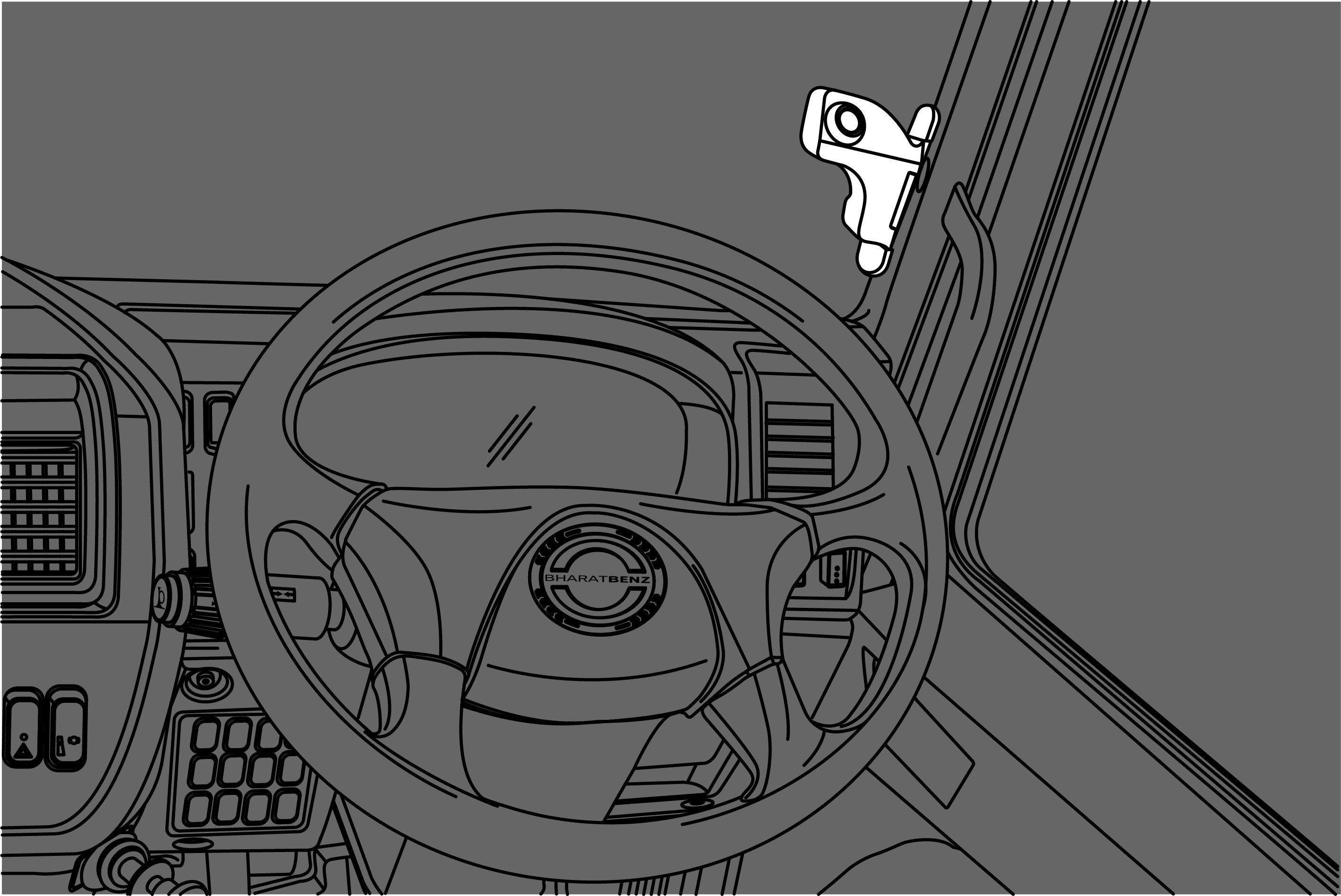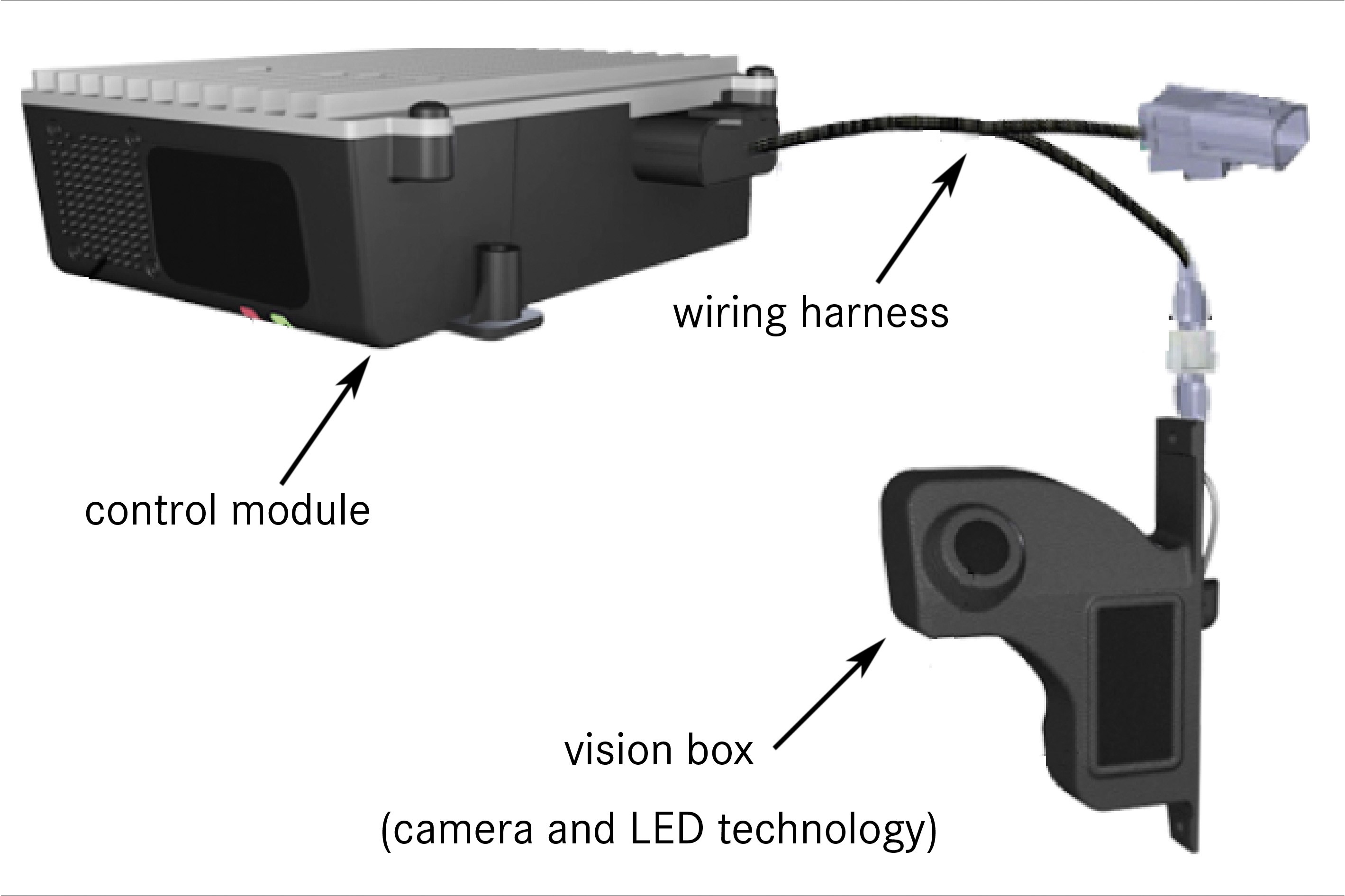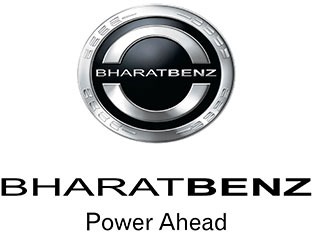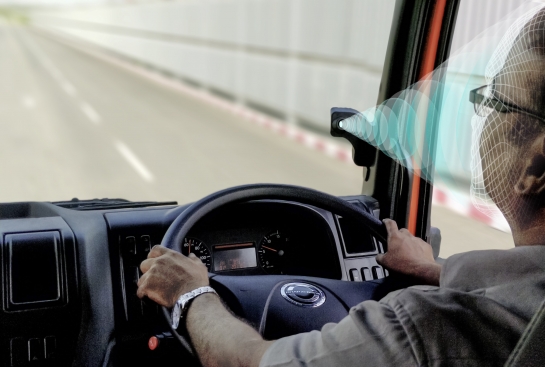For Hindi version of this website Click here
It is a weekday evening in Delhi and Kewal decides to take his family out for an ice cream after a long day’s work. Together with his wife and two daughters, he spends a pleasant evening close to one of the city’s favourite leisure spots, the famous India Gate. Shortly after midnight, the family gets ready to return home on their two-wheeler. Unfortunately, they are at the wrong place at the wrong time. A speeding dumper truck gets out of control, hitting three auto-rickshaws and the family scooter. Kewal and his eight — year-old daughter Manya tragically die on the spot. Hearing news like these always sends shivers down my spine. Therefore, I continuously ask myself what can my colleagues and me do about such tragedies?
Unfortunately, Kewal and his family are not alone in their fate. In fact, deaths from road traffic crashes are increasing globally, with 1.35 million deaths reported in 2017 alone . I agree with the Director General of the World Health Organization: most road traffic crashes are not “accidents”. They are preventable. Therefore, safety is a core attribute of vehicle development at Daimler Trucks and Buses on the road towards zero crashes. Unfortunately, deadly road traffic crashes most likely involve human error. Focusing on the human factor and not only vehicle safety has therefore come to the forefront of our engineers development efforts.
The new Driver State Monitoring System (DSM) offered in BharatBenz trucks in India is one of the results of these efforts. It aims to help prevent road traffic crashes related to driver drowsiness or inattentiveness.
Reducing deadly accidents particularly important in India
Low- and middle-income countries bear the greatest burden of road traffic fatalities and injuries. With 148,000 fatalities in 2017, more than 10% of global road traffic deaths occur in one country alone: India. Worryingly, one fourth of fatal accidents on Indian roads include a truck. In a country where most truck drivers drive for 14–15 hours without rest, it does not come as a surprise that a substantial percentage of road crashes occur due to driver fatigue and inattentiveness.
Inattentive driving is particularly dangerous not only for drivers and passengers, but can also pose a severe risk to other motorist and pedestrians. Official records published by Ministry of Road Transport and Highways, (‘Road Accidents in India’, 2015) show that in a year 2,270 people had been killed in 8,359 crashes due to ‘driver’s inattentiveness’.
Therefore, offering a feature that can systematically help drivers to stay attentive was an important task at BharatBenz, the youngest brand in the Daimler Truck portfolio offering trucks and buses tailored specifically for India. In a very cost conscious market, having an inexpensive yet reliable driving assistance warning system could prove to be of great advantage to reduce the loss of life. This was the thought and challenge behind the development of DSM at BharatBenz. With the Delhi based start-up Hi-Tech Robotic Systemz Ltd., who were already working on a highly efficient warning system, the team found the right partner to realize this project.
The introduction of the innovative Driver State Monitoring System is the latest in a row of industry-firsts from BharatBenz in the Indian commercial vehicle segment aiming to make trucking safer. Right with its market launch, the brand had offered crash-tested steel cabins, which fulfil global standards, and introduced Anti-Lock Braking System (ABS) as standard before it became mandatory, while factory-fitted Air Conditioning has been available as an optional feature from day one. From end of September 2019, DSM is being introduced as a standard fitment on all 280 horsepower construction range trucks. It will also be available for order on other heavy-duty models and as an aftersales solution for existing heavy-duty customer vehicles.
Innovative use of AI and vision technology
DSM aims to avoid dangerous situations of drivers falling asleep or otherwise being distracted at the wheel. To do so, the BharatBenz DSM employs state-of-the-art artificial intelligence and computer vision technologies to identify facial patterns including eyes, face, head gaze, and other natural cues. Based on this, it is able to differentiate between safe driving conditions, or driver drowsiness and inattentiveness — in this case, it gives an acoustic and visual alert. The system is trained for most ethnicities and eye wears, can handle various headgears and works in day and night conditions.
The system detects driver drowsiness by reading the facial features and in particular the eyes of the driver. For that a smart camera, which derives information about the condition of the driver is mounted on the A-pillar of the truck. It constantly observes the driver’s face during operation. The visual system detects the human face and analyses different facial expressions and cues like eye closure, abnormal blink frequency, and head-jerks to estimate the driver’s attention level. The system can effectively differentiate between an eye blink and prolonged eye closure (more than two seconds) and generates a warning in the form of various alert sounds. The system also generates warnings in case the driver is not looking straight ahead on the road and in case of an obstructed camera.

A smart camera, which derives information about the condition of the driver is mounted on the A-pillar of the truck.
Simple and cost-effective system
From a technical standpoint, the system uses very modest and cost effective hardware. The combination of efficient hardware along with the state-of-the-art machine-learning algorithm has ensured that the system would perform well even in variable situations such as different illumination conditions (especially low light conditions), different users, different head and eye gear and vibrations due to vehicle movement.
The system functions according to a simple three-step process. First, the installed cameras continuously monitor the driver and collect the data while connected to the main processing unit. Second, the image processing algorithms continuously analyse and detect the driver’s drowsiness status. Finally, based on the available information the system issues an audio/visual warning in case it detects driver drowsiness. In doing so, DSM requires a simple set of hardware components consisting of a control module and a vision box (camera module and infrared LEDs) that are connected with each other through a cable.

DSM requires a simple set of hardware components consisting of three elements.
As you can see, technology needs not be complex and expensive to increase road safety. With the introduction of DSM and together with its customers, BharatBenz aims to contribute towards reducing the rate of fatal accidents in India. Each life lost in a tragic accident is one too many. We hope other OEMs follow the lead of BharatBenz in introducing features and systems to make life safer for all citizens like Kewal and Manya.
This blog was first published on Transportation Matters
Looking to Buy?

















